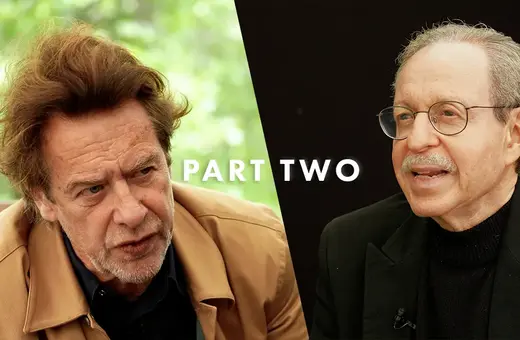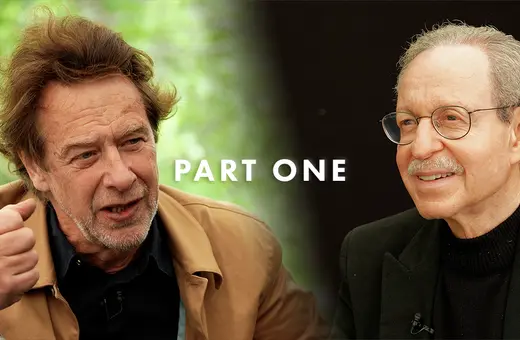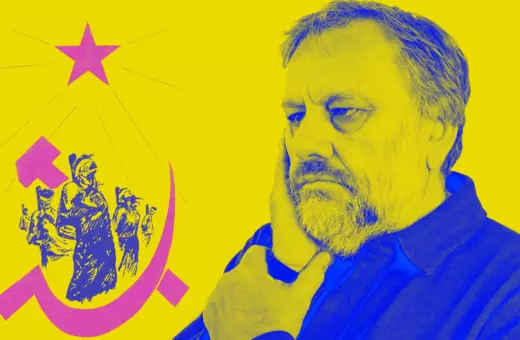Postmodernism’s critique of everything from truth to art has left us in the intellectual wilderness. Greg Dember argues that Metamodernism, a nascent movement which protects subjective experience from the ironic distance of postmodernism whilst rejecting the scientific reductionism of modernism, is the solution to our need for a new –ism.
Metamodernism, as a conceptual category, is new enough in its adoption curve that – when writing about it for a general audience—one still has to introduce the basics before saying anything novel or specific. Also, since metamodernism is always understood in some sort of relation to modernism and postmodernism, one really ought to make clear how one is using those terms as well. So, let’s start by getting all of that out of the way.
Metamodernism is generally understood to be both the name for a cultural period and a term for the sensibility that has arisen during that period. The period in question began roughly a few years before the turn of the (recent) millennium and continues into the present. It comes after postmodernism; is in some sense a reaction to postmodernism; and in some sense depends on postmodernism to even make sense. Postmodernism has a similar relationship to modernism in terms of its periodization. Each reacts to, builds upon and/or refutes the previous epistemic period. So I will begin with describing modernism and work my way through postmodernism and back to metamodernism and then share some thoughts about how metamodernism is showing up in 2023 and speculate about future developments.
 SUGGESTED READING
After postmodernism
By Jason Ānanda Josephson Storm
SUGGESTED READING
After postmodernism
By Jason Ānanda Josephson Storm
Inasmuch as one can define modern, modernity and modernism in numerous, sometimes conflicting ways, let’s quickly distinguish modernism from modernity. (The category distinctions I’m making here are not universal, but they will apply at least within this article, so the reader can know what I mean, more precisely.) Modernity is the term often used for the long historical period that began with the Enlightenment in the 17th century. Put very briefly, modernity is all about humanity developing independence from nature and from humanity’s past—the pursuit of new and better ways of doing things and the faith that such an endeavor is possible. Meanwhile, modernism (beginning, much more recently, in the last few decades before the twentieth century and continuing until some point in the mid-century) is often taken as an intensification of the ideals of modernity with a focused expression of them in the arts, literature, architecture and philosophy. Ezra Pound’s rallying cry for modernism in literature and the arts was “make it new.” In general, whether in architecture, the arts, or philosophy and science, modernists sought to figuratively scrape away the detritus accumulated on the surfaces of things and reveal deeper, more fundamental truths found underneath. Modernism idealistically sought universalisms, but often went about this by employing atomizations. Generally, when people in the arts and humanities speak of postmodernism or metamodernism, it’s modernism (the shorter, recent period) that we are contrasting it with more than modernity (the earlier, much longer period.
___
Postmodernism is a distrust of universalized narratives and a preoccupation with context, relationality and systems.
___





















Join the conversation